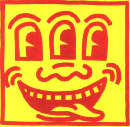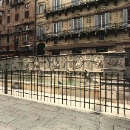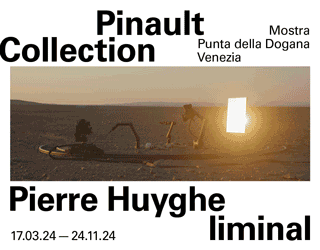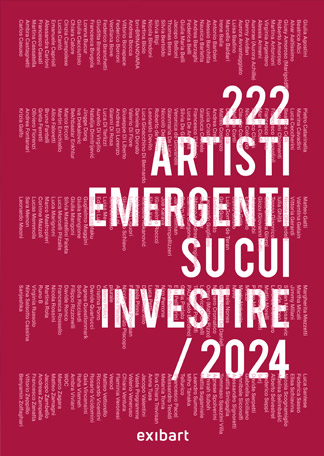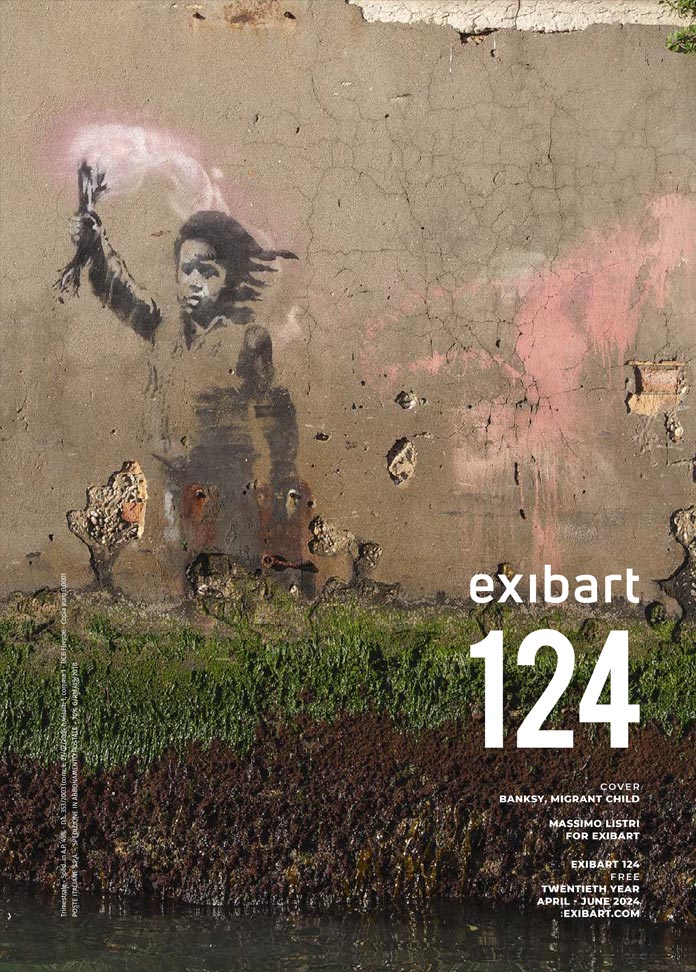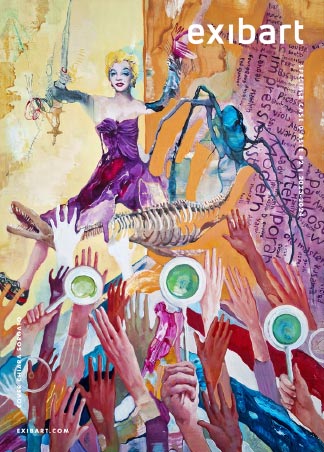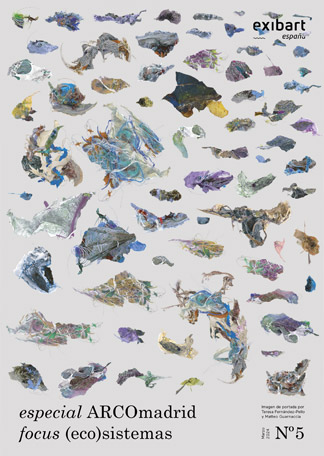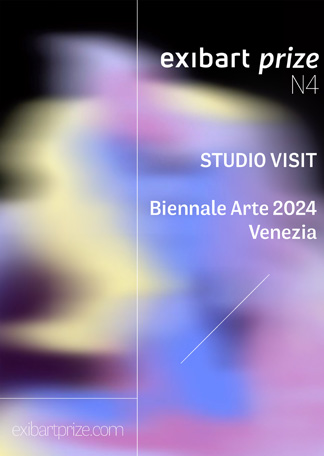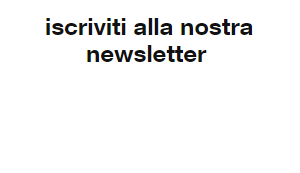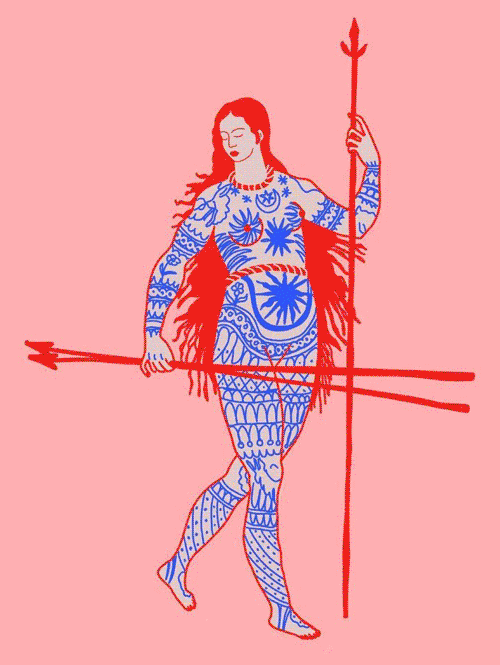-
- container colonna1
- Categorie
- #iorestoacasa
- Agenda
- Archeologia
- Architettura
- Arte antica
- Arte contemporanea
- Arte moderna
- Arti performative
- Attualità
- Bandi e concorsi
- Beni culturali
- Cinema
- Contest
- Danza
- Design
- Diritto
- Eventi
- Fiere e manifestazioni
- Film e serie tv
- Formazione
- Fotografia
- Libri ed editoria
- Mercato
- MIC Ministero della Cultura
- Moda
- Musei
- Musica
- Opening
- Personaggi
- Politica e opinioni
- Street Art
- Teatro
- Viaggi
- Categorie
- container colonna2
- container colonna1
The Mazzotta Foundation presents a collection of 160 works illustrating the movement of Expressionism in Austria, through a selection of works by five artists: Egon Schiele, Alfred Kubin, Richard Gerstl, Oskar Kokoschka and Herbert Boeckl.
These works go from 1918 to 1925, that’s to say from the first developping of the movement to its end. Expressionism was not a unitary movement, but was composed by different artistic personnalities, sharing a new sensibility: the sense of unconfortableness and precariousness, due to historical and social conditions, and refusal of the bourgeoisie and its values.
1918 is a fondamental year for austrian Expressionism; in Austria the Liberty style still dominated; we can see how the new movement started, in fact for the first time works of young Schiele and Kokoschka, so different from the works of Klimt and his followers, are on exposition.
Just in 1918 a forerunner of Expressionism, Gerstl, suicides himself; his work, influenced by Van Gogh and Munch, expresses strong emotions through violent colours.
The most part of the works on exposition are by Schiele, the most famous artist of this movement. There are some paintings and drawings, where the line has a lot of importance to express the artist’s feelings and emotions, much more directly than by colours. Drawings reveal the artist’s existential sufferings, and a sensibility wich is nearly ill and worrying, especially in the erotical subjects..jpg)
Besides Schiele’s works, different aspects of the Expressionism are represented by works of Kubin, Boeckl and Kokoschka.
Kubin is interasted in the unconscious and his paintings are similar to Kandinski’s abstract ones.
Boeckl instead is influenced by Cézanne and the Fauves; his pictures are characterised by the importance of colour. Kokoschka uses violent contrasts of colour, and distortion of shapes wich reminds the Brücke’s Expressionism and Munch.
So, the exposition gives a complete view on the movement in Austria, until 1925, when in Europe the new Objectivity will dominate the cultural and artistic trends.
English version by Simona Piselli
Dal 24 settembre 2000 al 14 gennaio 2001. EGON SCHIELE E L’ESPRESSIONISMO IN AUSTRIA. 1908-1925. Milano. Fondazione Antonio Mazzotta, Foro Buonaparte 50. ore 10.00-19.30; martedì e giovedì, ore 10.00-22.30. Chiusura: tutti i lunedì (compreso il 25 dicembre 2000 e il 1° gennaio 2001). La mostra resterà aperta: mercoledì 1 novembre 2000, giovedì 7 dicembre 2000, venerdì 8 dicembre 2000, martedì 26 dicembre 2000, domenica 31 dicembre 2000, sabato 6 gennaio 2001. Biglietto: intero £ 12.000, ridotto £ 8.000 (carta d’argento, studenti, scuole e gruppi superiori a 20 persone, Club La Repubblica), ridotto £ 6.000 (militari, ragazzi fino a 12 anni, scuole con visita guidata, disabili). Fondazione Antonio Mazzotta, tel. 02.878.197, fax 02.869.3046
sito web: http://www.mazzotta.it ; e-mail: mazzotta@iol.it
Catalogo Edizioni Gabriele Mazzotta, Milano, 2000.
Formato 24×30, 216 pagine, 180 illustrazioni.
£ 55.000 in mostra, £ 90.000 in libreria
[exibart]






